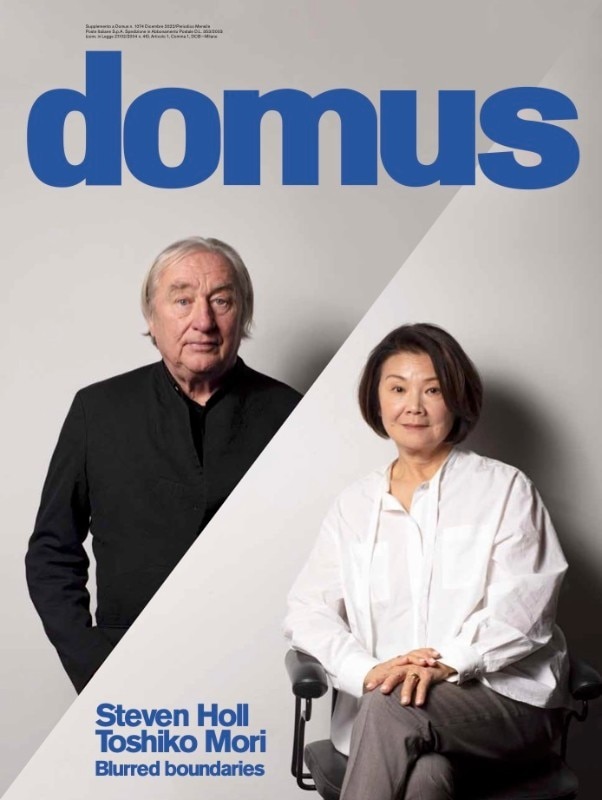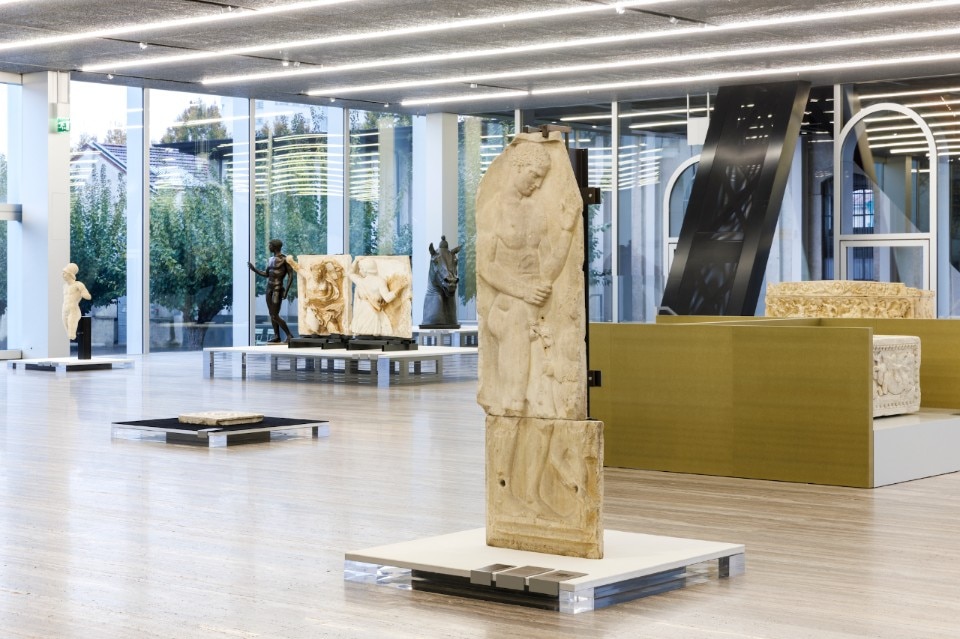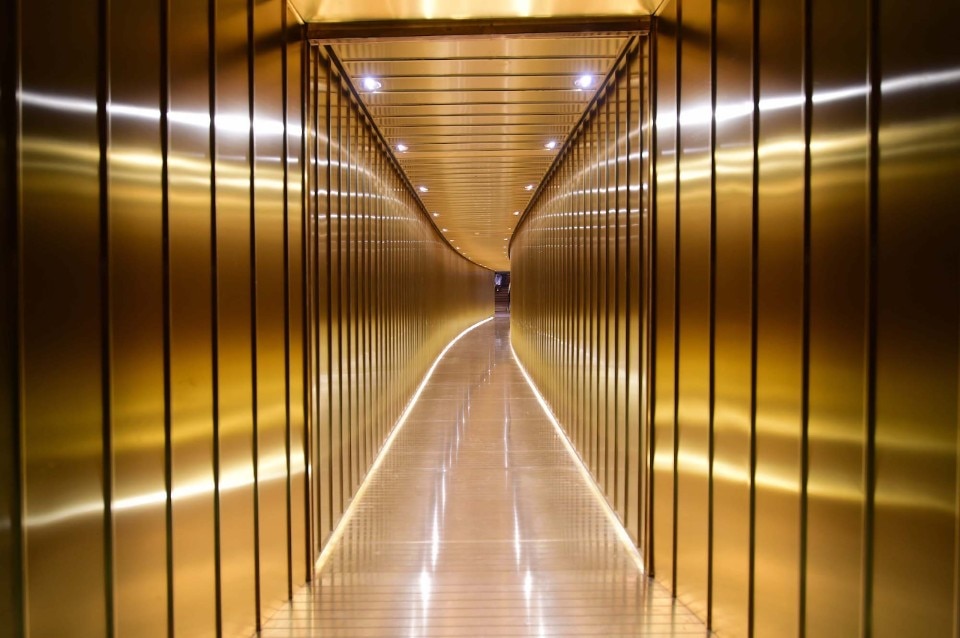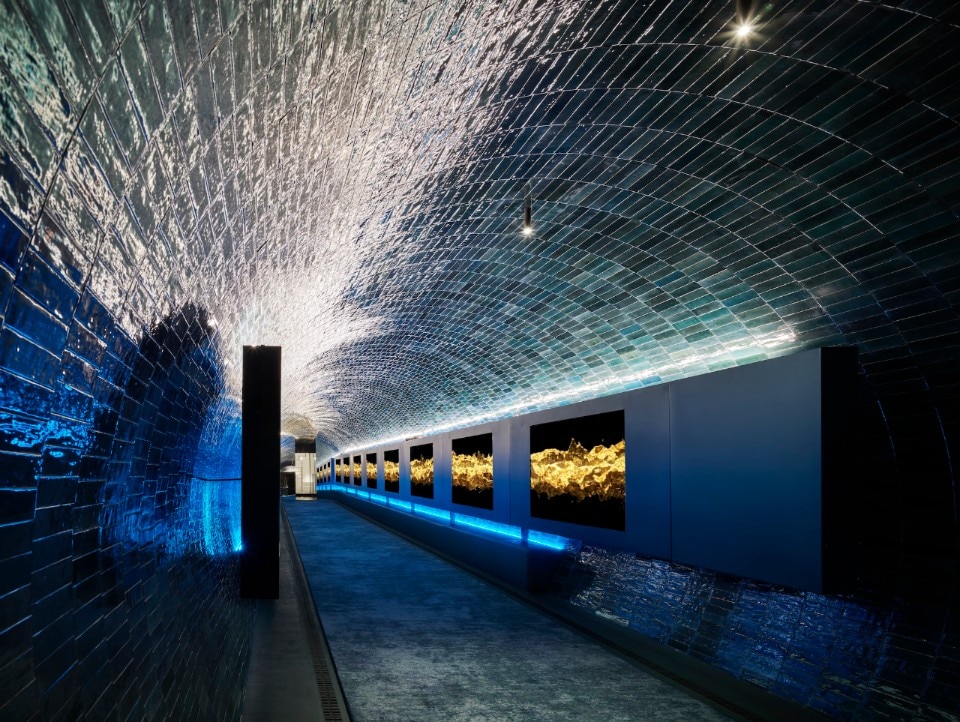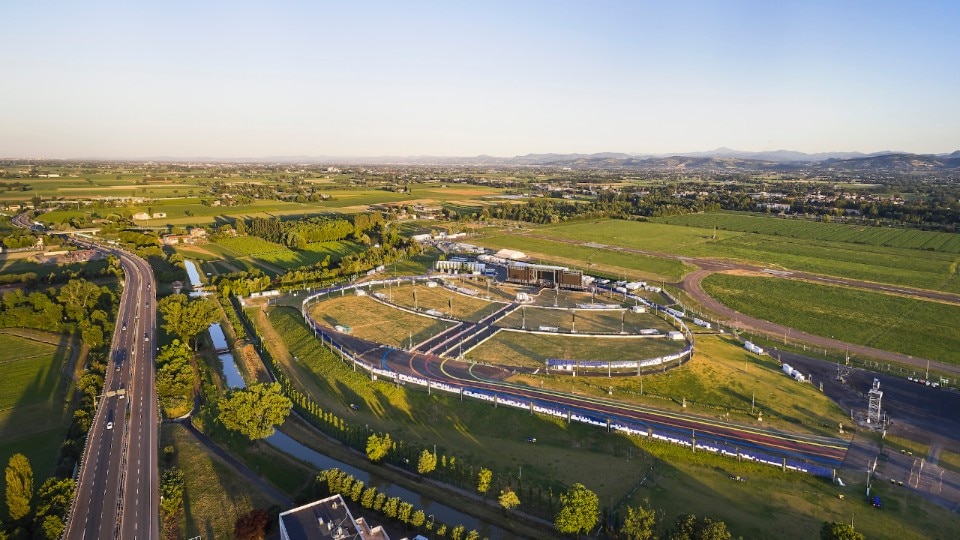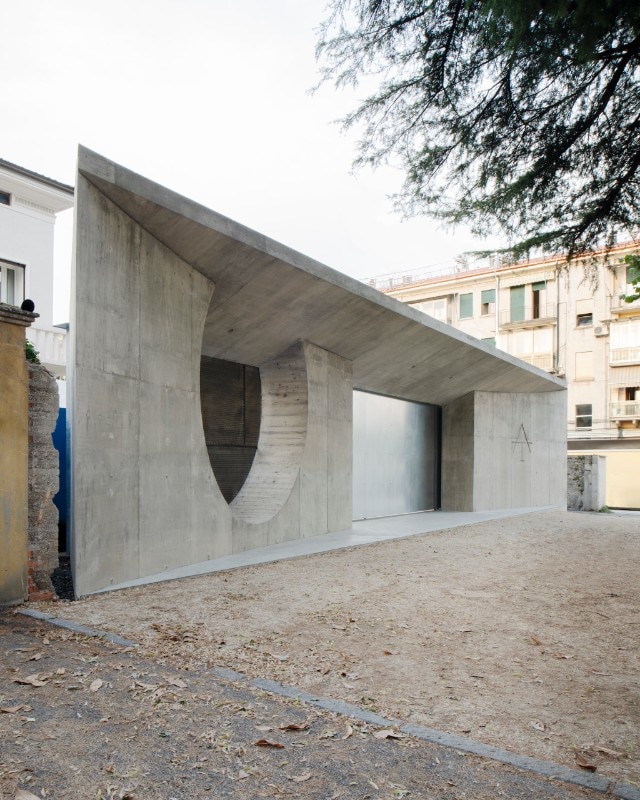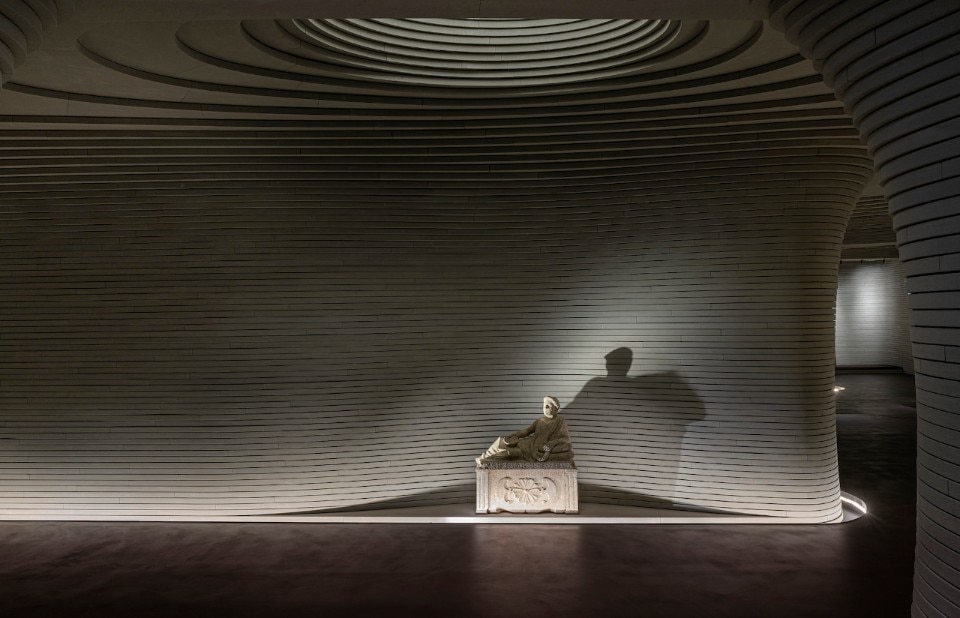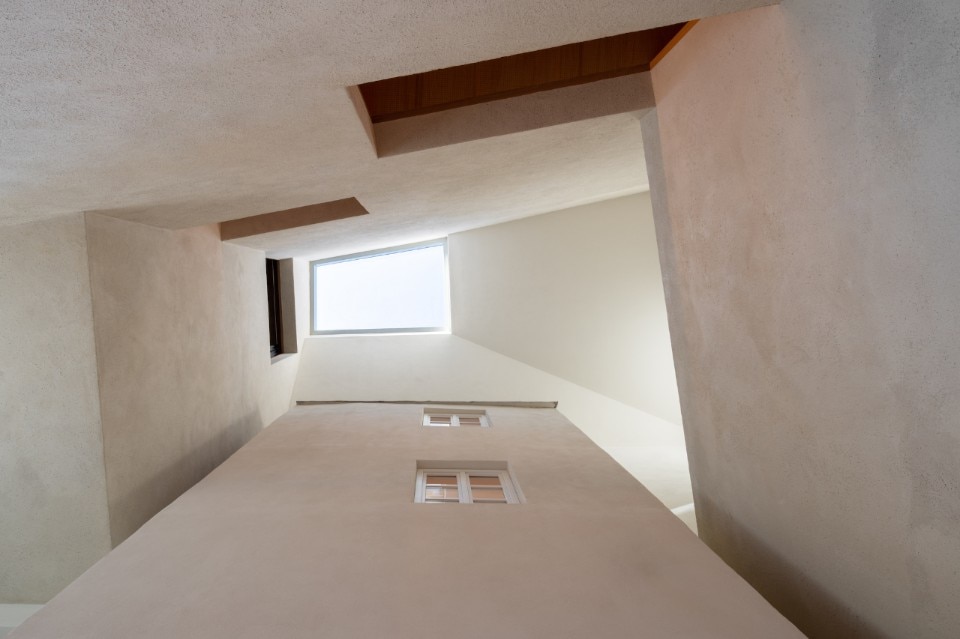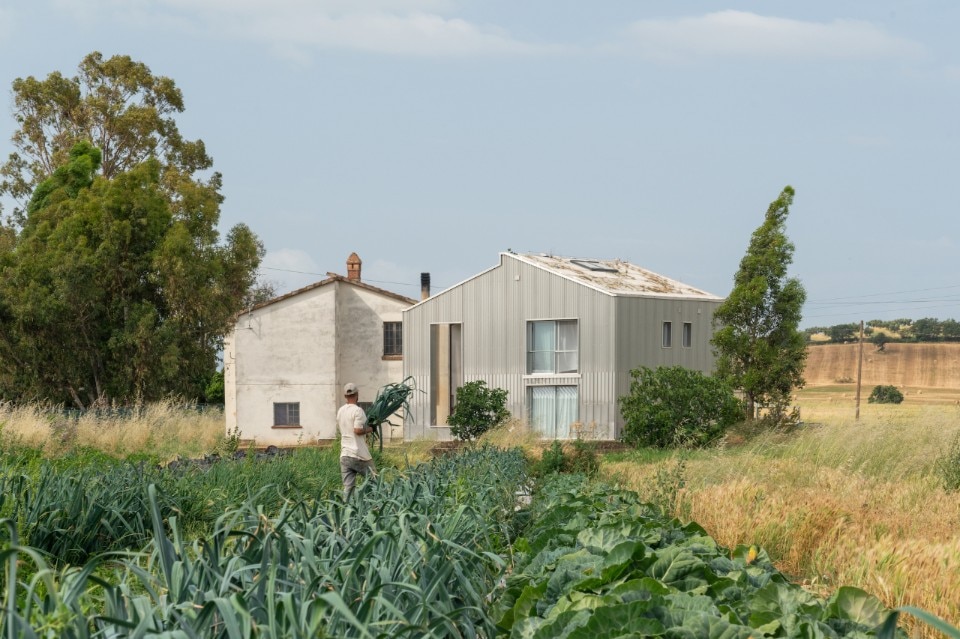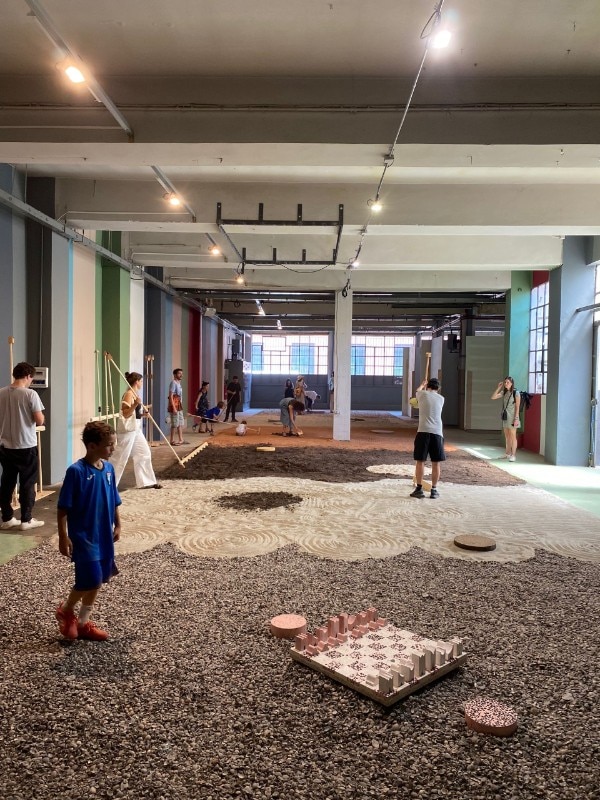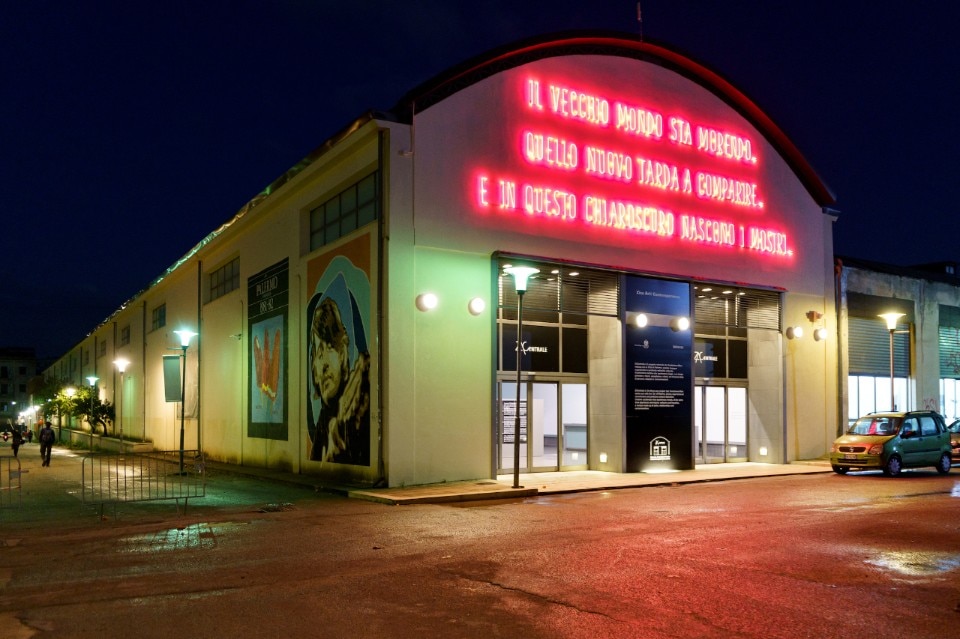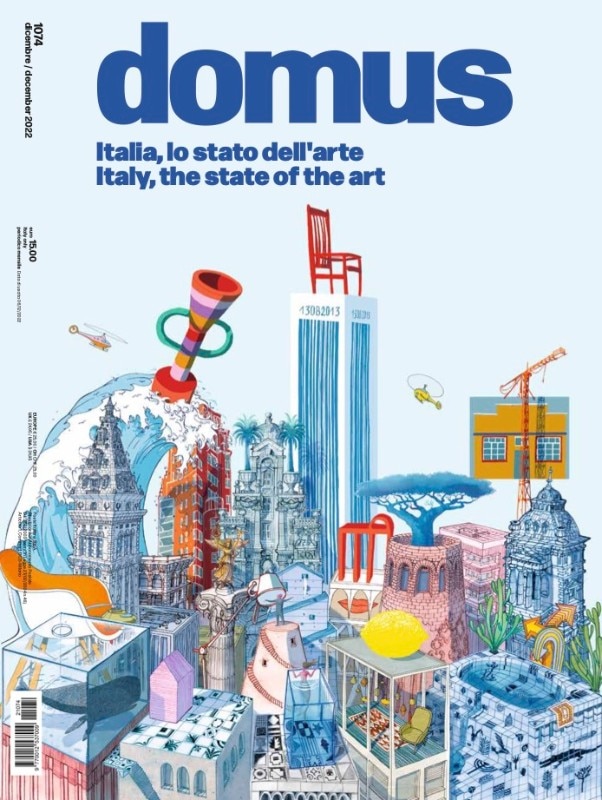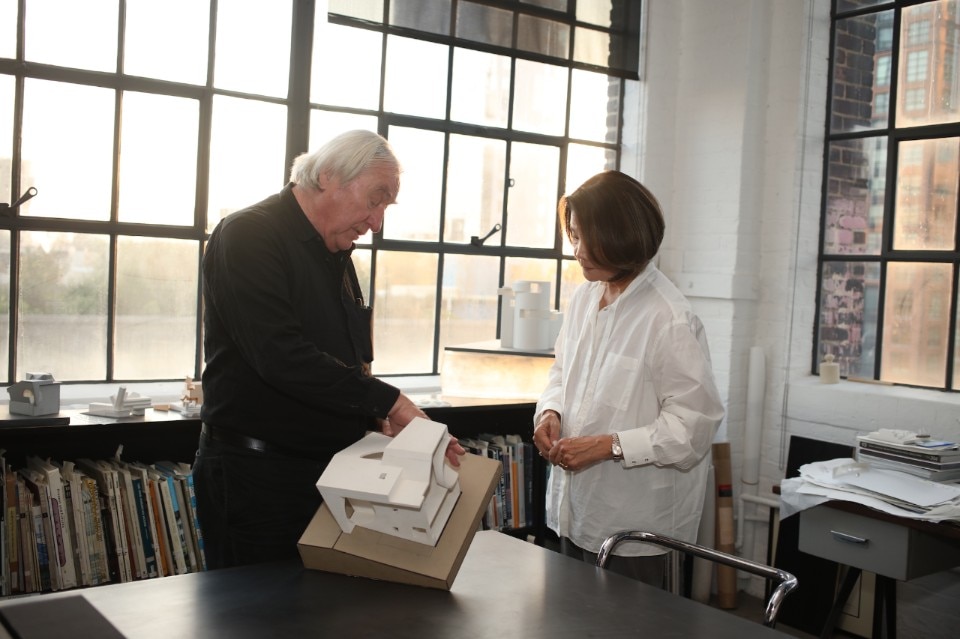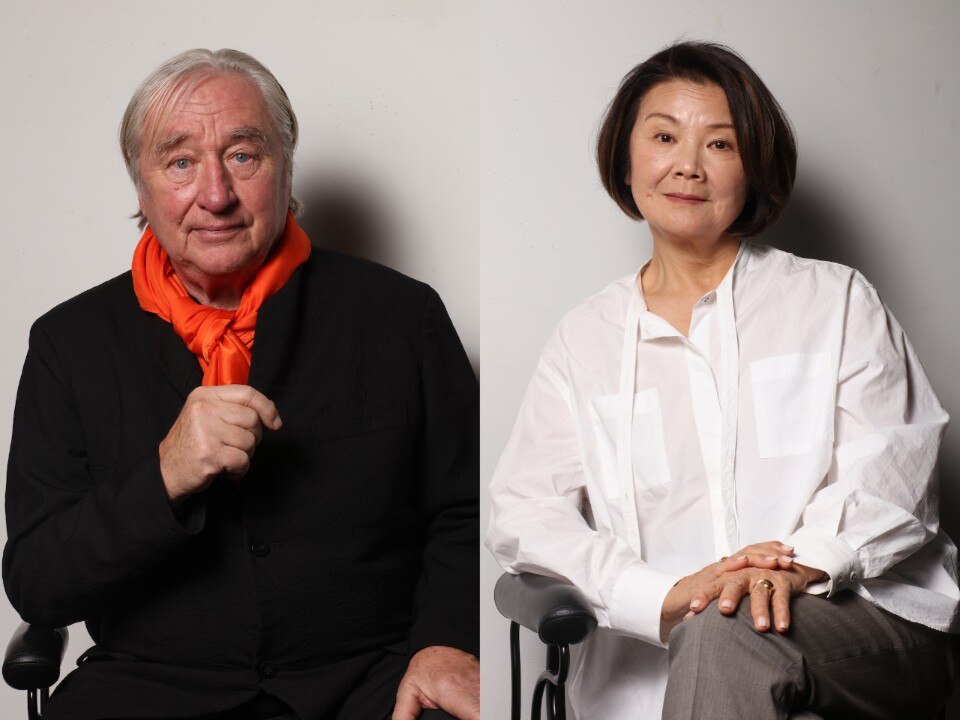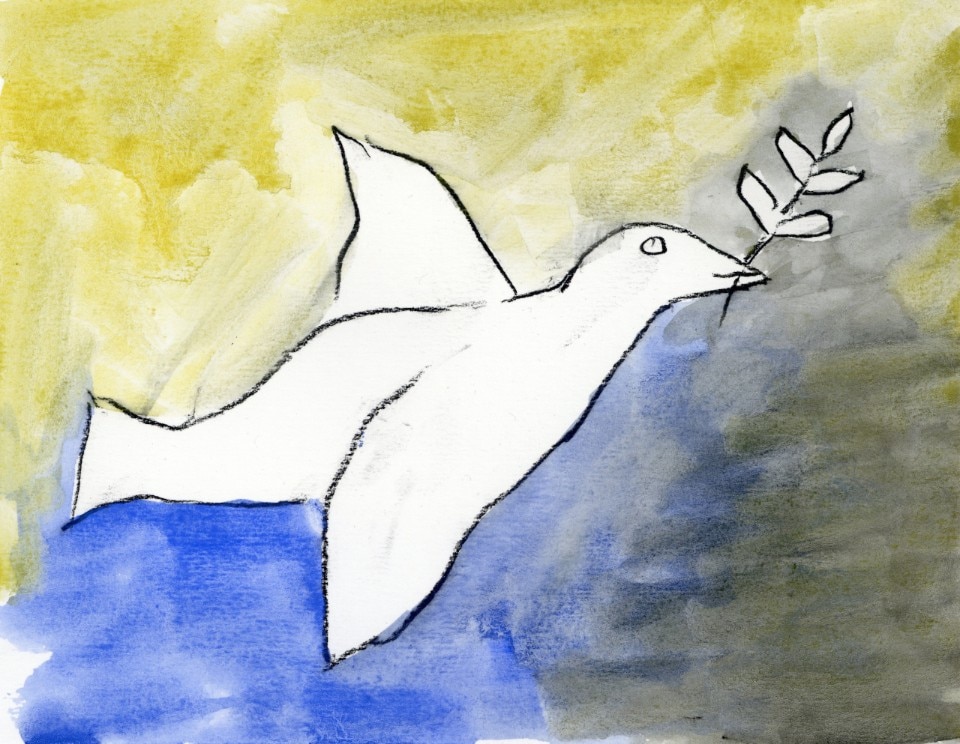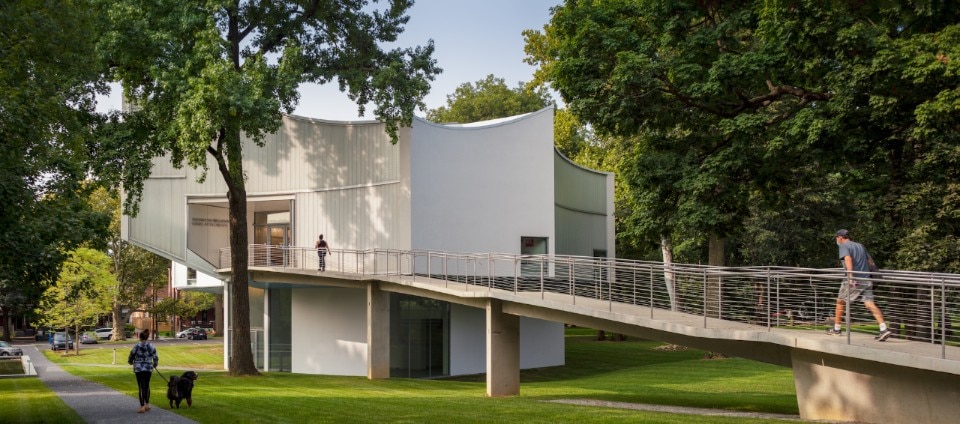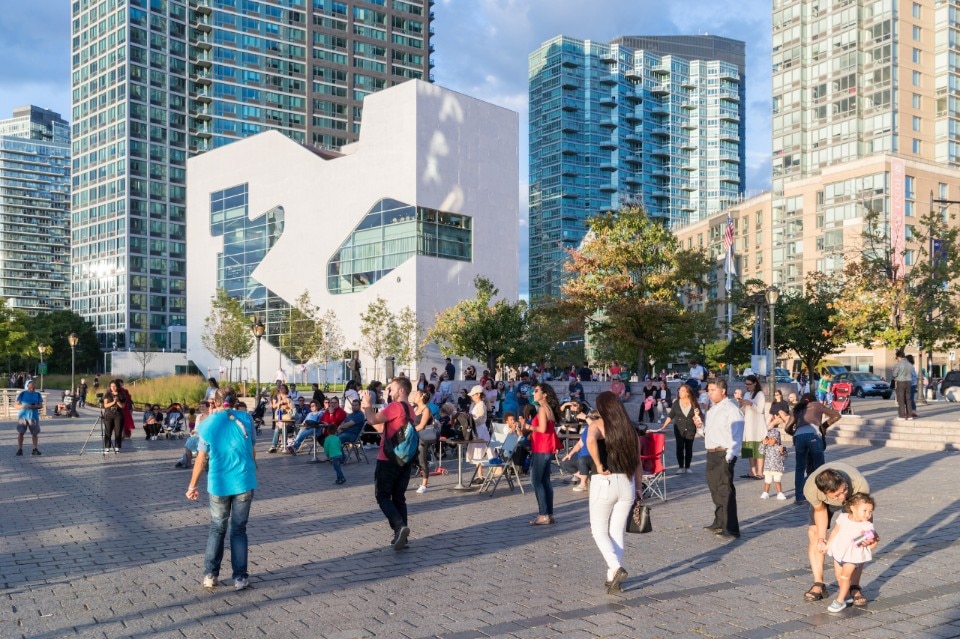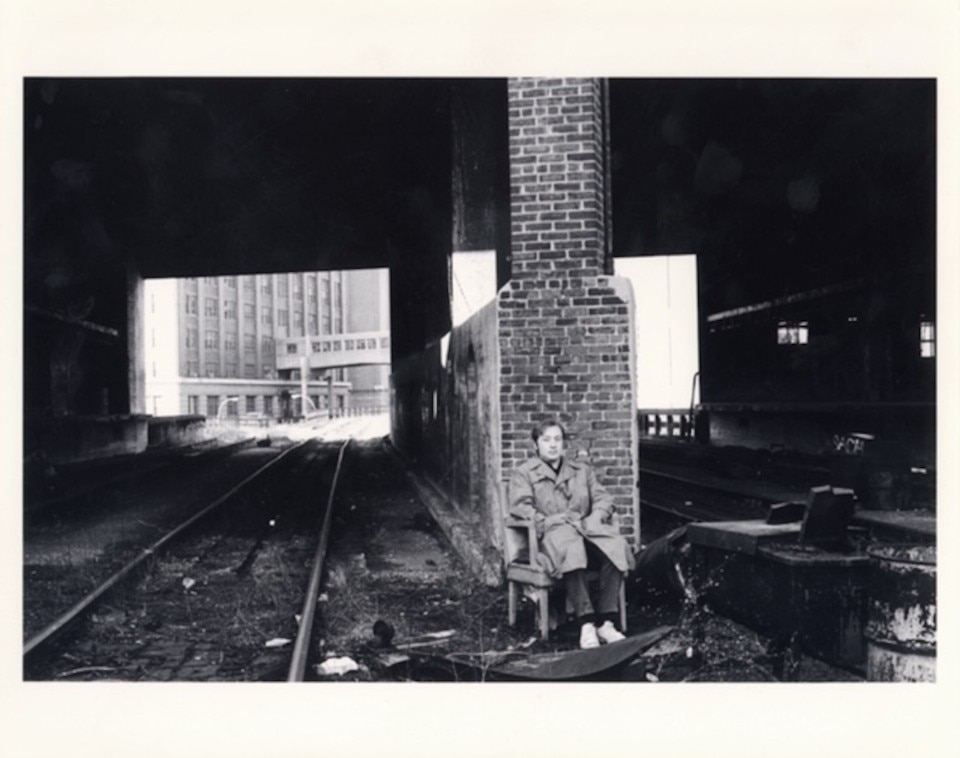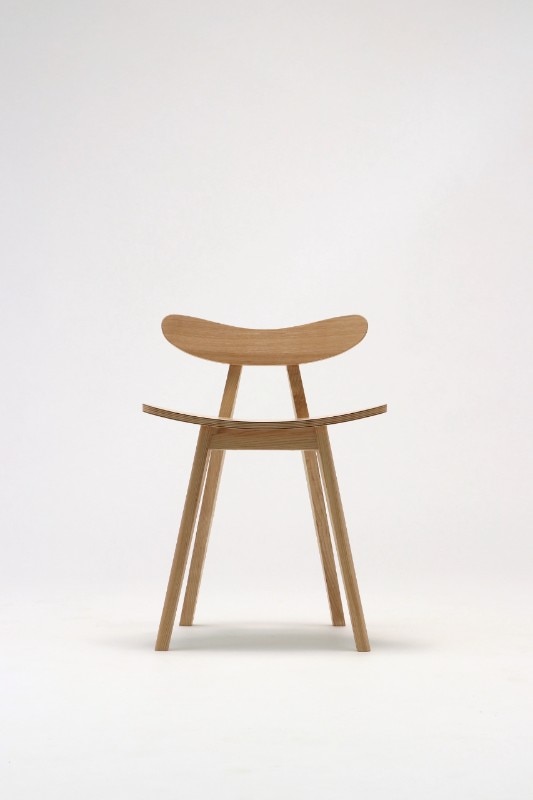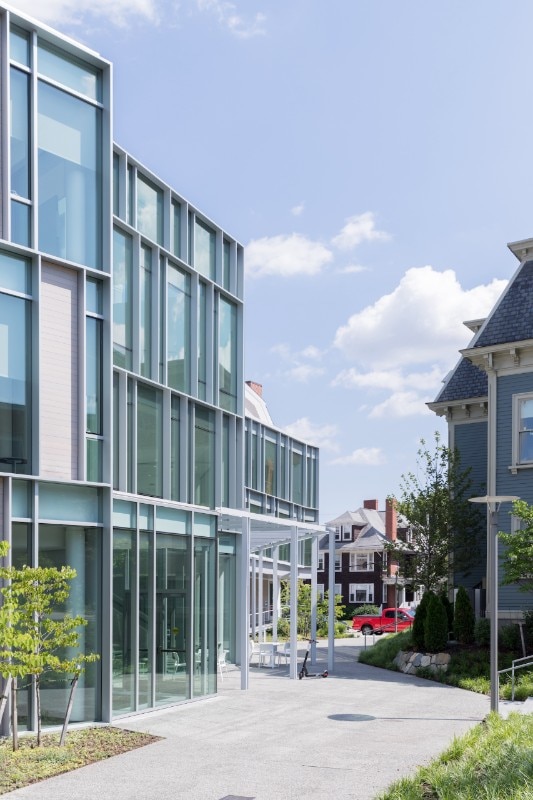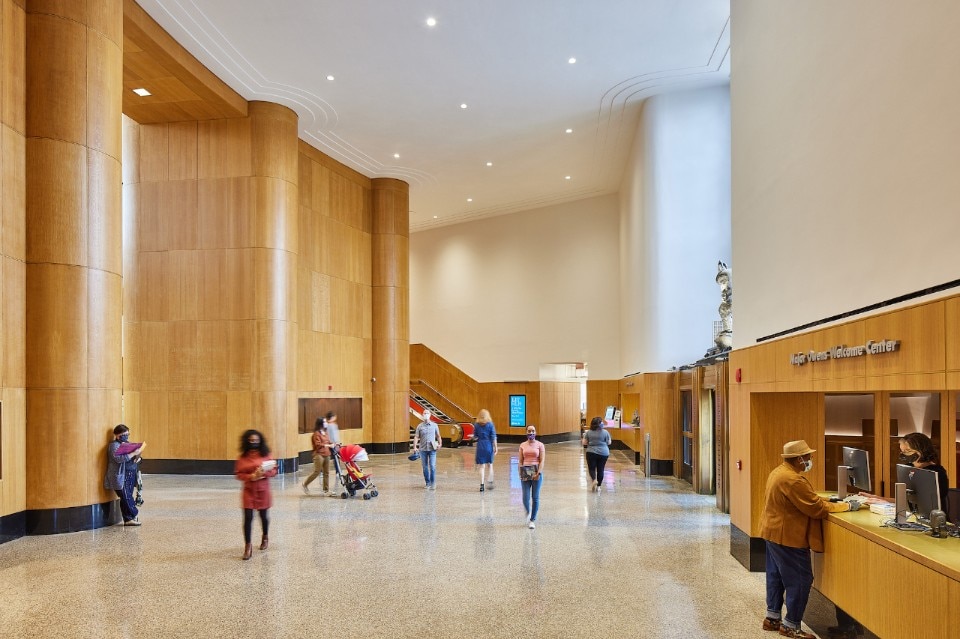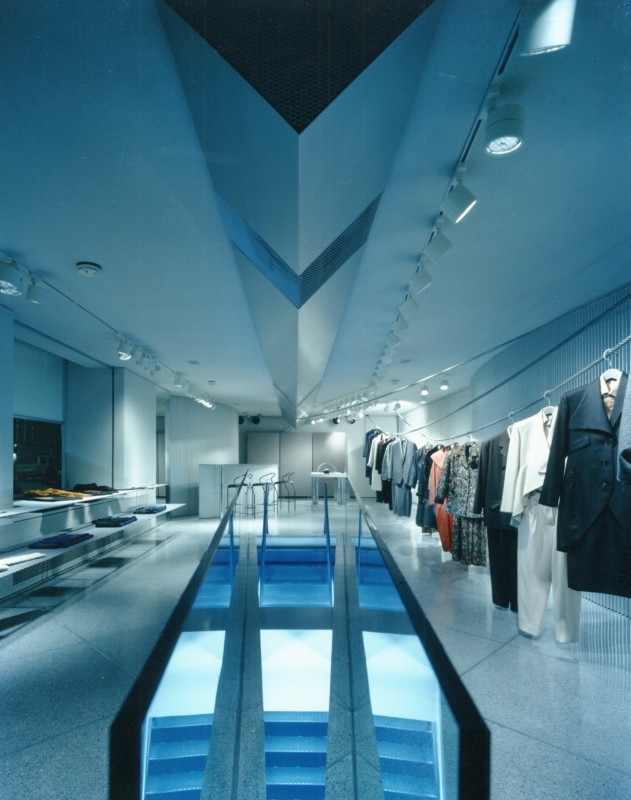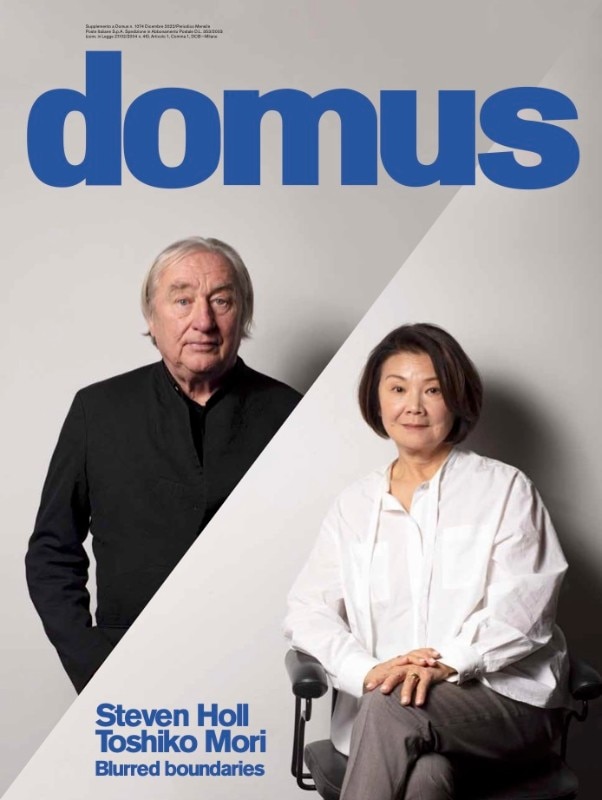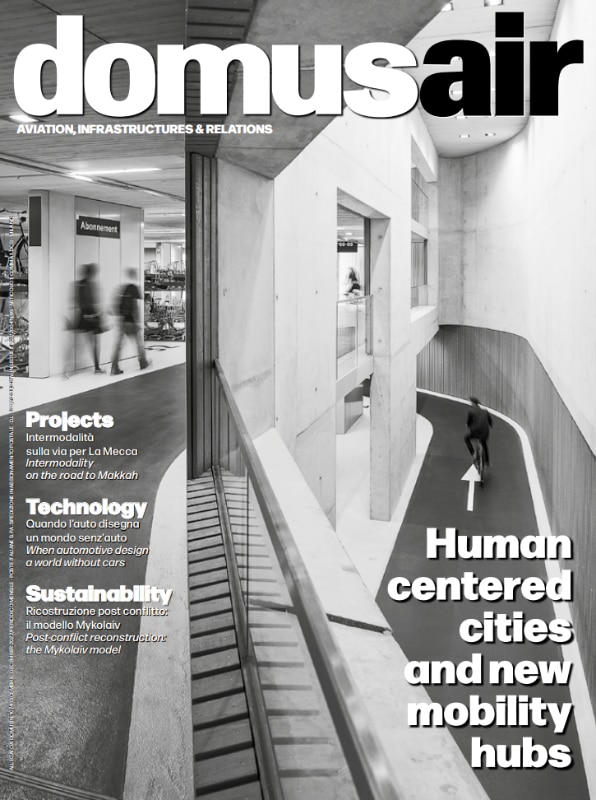Domus’ journey through Italy continues, the fifth stage in the dialogue on the peninsula with which the magazine has decided to symbolically close the year, the final issue acting as a semantic watershed between the two Guest Editors. Issue 1074 opens with the Editorial by Editor-in-Chief Walter Mariotti, dedicated to a survey on the evolution of Italian museums and cultural institutions and the protection and preservation of their identity.
This is followed by an Essay by historian Fulvio Irace highlighting a polycentric cultural model in Italy, which assumes the municipal and regional heritage as a platform or network of radiating points that invigorates the urban fabric. “What the country needs, in fact, is a policy of collaboration and interaction that must be encouraged and fostered by the State with a far-sighted policy of economic and legislative support, outside any anachronistic division between public and private”.
The Architecture section opens with a review of interstitial urban spaces and abandoned or inaccessible places that become centers for contemporary culture. In an integrated vision that aims to reconnect with the fabric of the city, even through new business models – from the Rifugio Digitale (Digital Shelter) in Florence, a 40 x 3 m former anti-aircraft tunnel designed in 1943, to the new center for architecture to be built inside the Magazzini Raccordati in Milan.
We continue with the RCF Arena designed by Iotti + Pavarani Architetti, located in the non-operational area of the Reggio Emilia airport has taken on a stable form that follows its vocation as a venue for events dedicated to international concerts and local initiatives. In Vicenza, AMAA designs an artistic association, creating a series of thresholds that emphasize the multiplicity of activities taking place in the small complex. Next, Mario Cucinella redesigns the rooms of the Luigi Rovati Foundation, which combines Etruscan artifacts and contemporary art through an intervention that creates new spaces and restores existing ones. Finally, Cariana Mezzalira Pentimalli works in the Biblioteca Civica in Bressanone, where she stitches together and expands a pre-existing system in the historic center with a new structure.
Approaching the field of landscape, Nina Bassoli takes us on an experimental tour of cultural spaces away from the city, where there is fertile ground for designers who want to construct meanings through architecture. These are projects aimed at the landscape and, often, at the transformation of a pre-existence, which tend to consider a broad spectrum of real-world elements as a reference context, from very specific figures of local tradition to data concerning physical and environmental conditions to technical notes on materials or regulations.
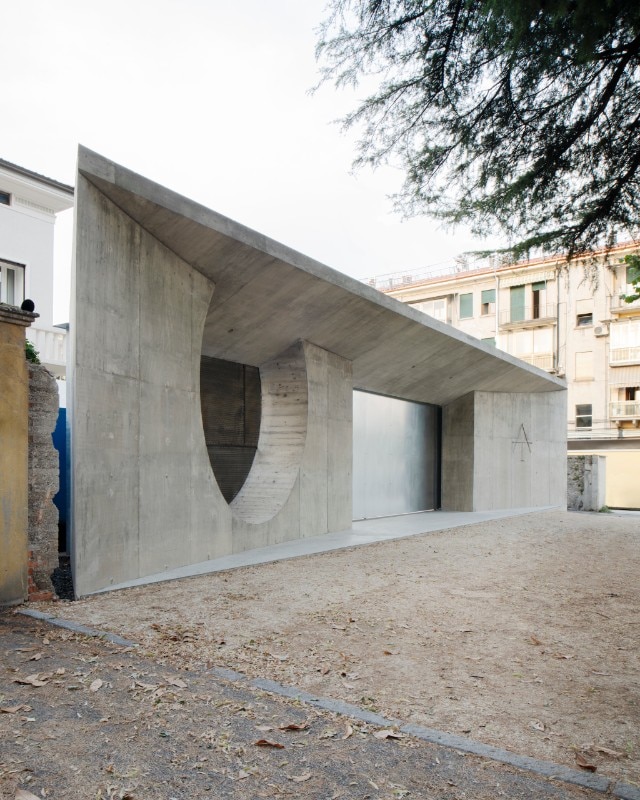
For Design, Cicilia Fabiani recounts from the North to the South of the peninsula, five exemplary cases show how design can be a source of cultural enrichment for the territory and social cohesion for the communities that inhabit it: Assab One (Milan), Circolo del Design (Turin), San Patrignano Design Lab (Coriano, Rimini), Orografie (Catania), Pretziada (Sulcis, South Sardinia).
In closing, Angela Maderna recounts for the Arte all’ column the universe of contemporary art in Italy, with its capacity to take root in the territory to initiate a socio-cultural, as well as physical and material, transformation. The examples highlight the increasingly profound desire on the part of contemporary art institutions to take root in the territory with the intention of inducing a socio-cultural transformation even before a physical and material one.
In addition, with this month’s issue you will find an enclosed monograph dedicated to Steven Holl and Toshiko Mori, the new 2023 Guest Editors of Domus. We open the attachment with the section Opinios, in which architects are celebrated in the words of prominent architects and others, including Flavio Albanese, Paola Antonelli. Barry Bergdoll, Linda Johnson and Vittorio Magnago Lampugnani.
Walter Mariotti’s Interview follows, where the two different personalities, who share a common understanding of the responsibility of architecture, anticipate what the Domus of 2023 will be like. Underlying their open, interdisciplinary approach is a conviction of the need to save and restore the natural habitat as best they can, as well as to raise the quality of the built environment in cities.
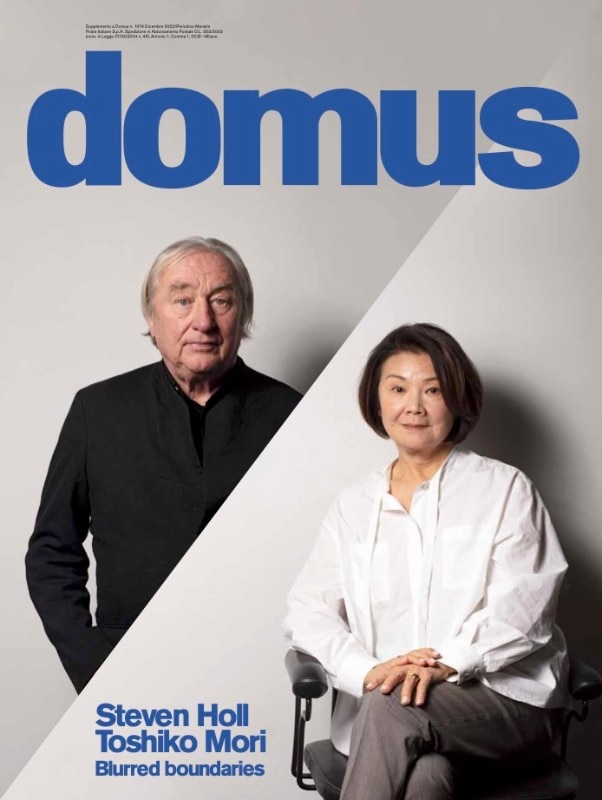
This is followed by a writing by Steven Holl from 5 May 2020, at the height of the initial phase of the pandemic that claimed 30,000 lives in New York. “This period was crucial to revise our thinking. The entire planet is a living organism, the cure of which must henceforth be a new and unquestionable goal for humanity”. His architecture includes the Susan and Benjamin Winter Visual Arts Centre that Steven Holl realized in the Franklin & Marshall College in Lancaster, an architecture of relatively small scale, but of remarkable complexity and spatial generosity. Next, the new Queens Public Library is located in Long Island City: an isolated volume on a relatively small scale, it stands out as an urban signal.
In his introductory essay, Toshiko Mori recounts the Asana H chair, a global yet personal story of alignment and resilience. On the one hand, it is designed to promote correct posture, as taught by the practice of yoga and meditation. On the other, it is designed as a gift for those who support the regeneration of the town of Asahikawa, on the island of Hokkaido. Next we see the Watson Institute, built in the heart of the exclusive College Hill university district in Providence, where the architect designed the extension in 2016. Finally, the Brooklyn Public Library, where Mori led the overall planning and design of what she calls a “crucial element of New York’s cultural infrastructure”.
Also included with the December issue is the quarterly domusair, dedicated to aviation, infrastructure and relations. In this number, dedicated to human-friendly cities and mobility hubs, you'll find projects, including the new route to Mecca, car-free smart cities that large automotive companies are working on, and a new vision for the reconstruction of the Ukrainian city of Mykolav in the sustainability section.


